In Buddhism, it is common practice to build a Buddhist altar in the house after the death of a family member. Offerings are usually made there, but during the Obon period, special foods are prepared that are different from the usual. It is said that the deceased and ancestors are undergoing daily practice in the Pure Land in order to be reborn in a better next life. The purpose of this ceremony is to express your gratitude and wishes to the ancestors who are tired from their daily training and travel back to their homes. In order for the returning ancestors to rest and relax at home, it is best to make the Obon season even more special than usual by making a grander offering than usual. Animal products such as meat, eggs, fish, etc., and foods and condiments with strong pungency, aroma, etc. were avoided for the offerings in the past, and this rule was practiced by most families, but today there is a widespread trend to avoid strict restrictions on offerings and food. Offerings are often taken down after they have been offered to the ancestors and shared with those gathered for the Obon festival. This is considered a good thing, as it means that we, as living people, receive blessings from our ancestors. You can prepare some special offerings using what we offer at Maido.
*
Shojin Ryori - Vegetarian Cuisine This is an offering of either "one soup, three vegetables" or "one-soup, five vegetables". The one-soup, three dishes is the short form, and consists of three items: rice, pickles, and soup. In formal Shojin Ryori, rice is basically white rice (or it could be mixed rice as shown in the photos below), and it is served in a round shape to fill the bowl. Vegetables, fruits, grains, and seaweed can be included in vegetarian dishes, so if your ancestors' favorite food is available, you may use it as the main ingredient. The "one soup, five vegetables" form, in which five dishes are lined up on a plate, is considered a common form of vegetarian food. The five dishes consist of rice, soup, simmered dish, dressed dish, and pickles. The order of the dishes, as shown in the photo, has to be in a certain order.


Rice, Tofu, Miso
Simmered Bamboo Shoot in Water, Deep Fried Tofu, Shiitake Mushroom
*
Dango
Dango is a Japanese dumpling usually made from rice flour mixed with uruchi rice flour and glutinous rice flour. There are two types of dango for Obon: "welcoming dango", which are offered to welcome ancestors, and "farewell dango," which are offered to send them off.
Welcoming dango are white dango called shiratama dango, shiratama dango with sweet red bean paste, or mitarashi dango, which is covered with soy sauce and sugar based sauce. They are offered to relieve the ancestors of their fatigue before they return home.
Farewell dango is prepared as a souvenir for the ancestors on their return to the Pure Land. The plain white shiratama dango is generally offered for it.

Shiratama Dango

Mitsrashi Dango
Rice Flour for Dango, Ogura-An Sweet Red Beans
*
Somen Noodles
In Japan, where rice cultivation has flourished since ancient times, wheat cultivation was practiced in only a few areas. Somen noodles made from wheat flour were considered a luxury food and were prized as an offering. It is also said to have the meaning of a rope used by ancestors to pack up for their return.

Somen Noodles
Soup Bases, Ohba Leaves
*
Tempura In the Shinshu and Tohoku regions, tempura is sometimes offered during the Obon. Traditionally, tempura made for Obon is called "shojin-age" and is fried using vegetables and mushrooms, avoiding the use of meat, eggs, or fish. Unlike regular tempura, eggs are not used in the batter, and the batter is made of flour and water. In some regions, tempura and somen noodles are also eaten together.

Tempura Flour
*** There is a lot of food items, housewares, stationery, and gifts available at the store and our online store, Maido! Kairashi Shop, where you can place your order for shipping or store pickup! Happy shopping. :)





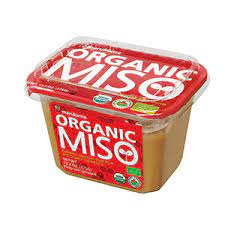




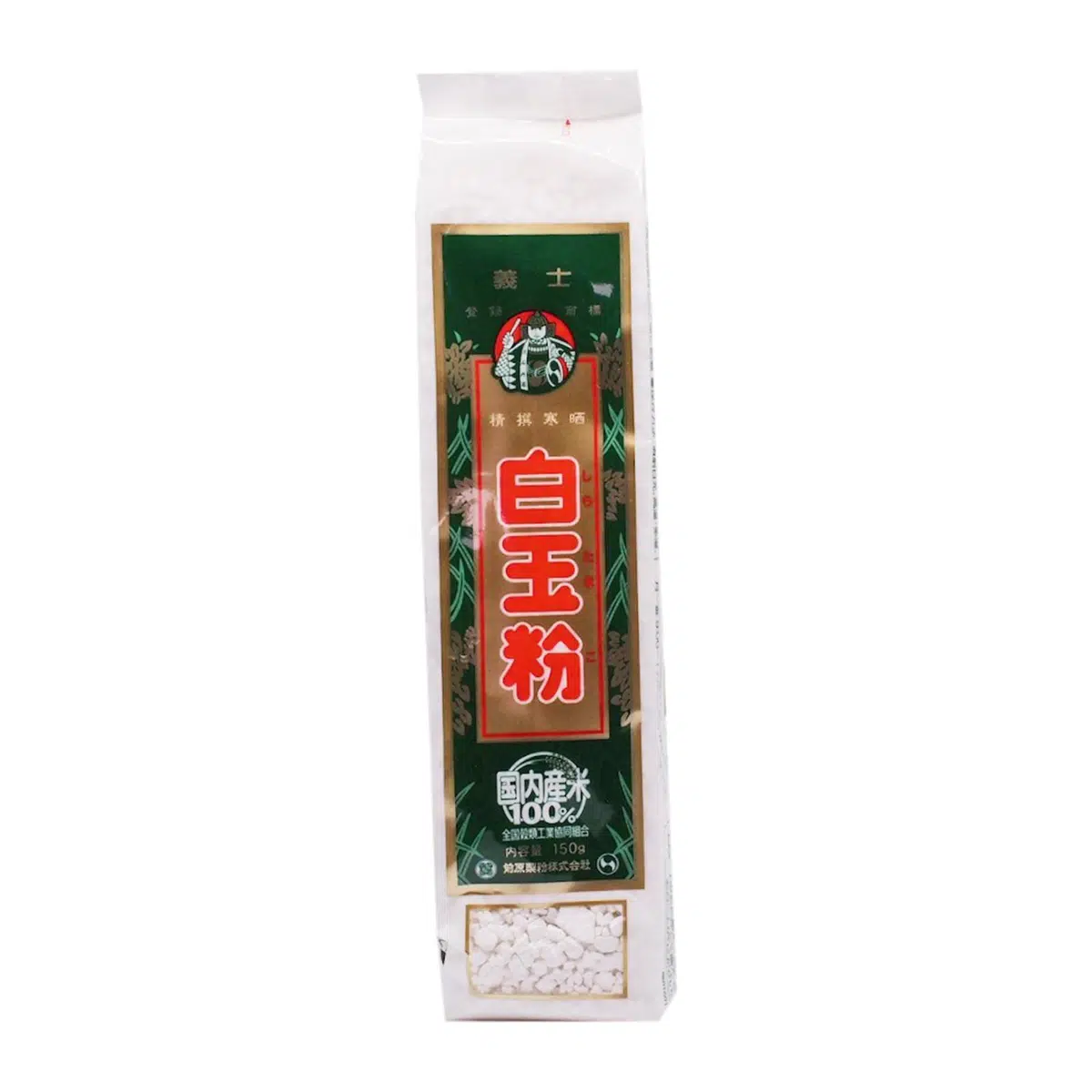


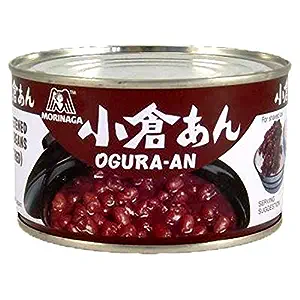




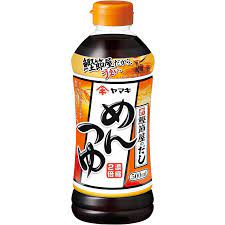




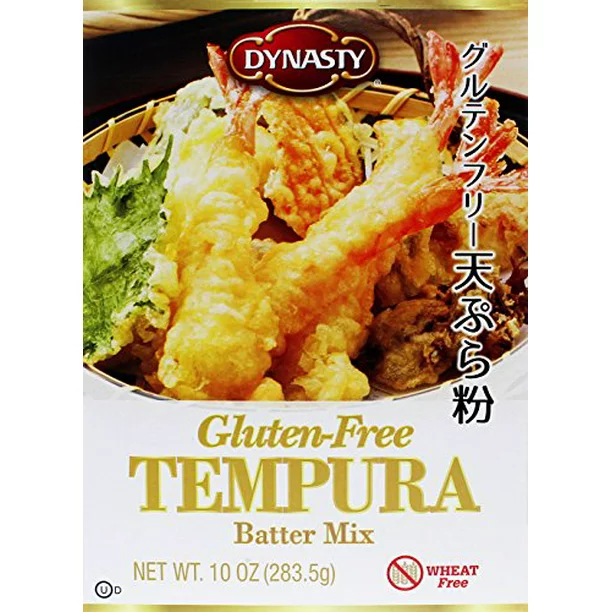
Comments